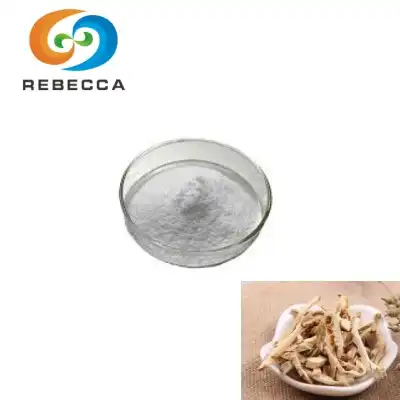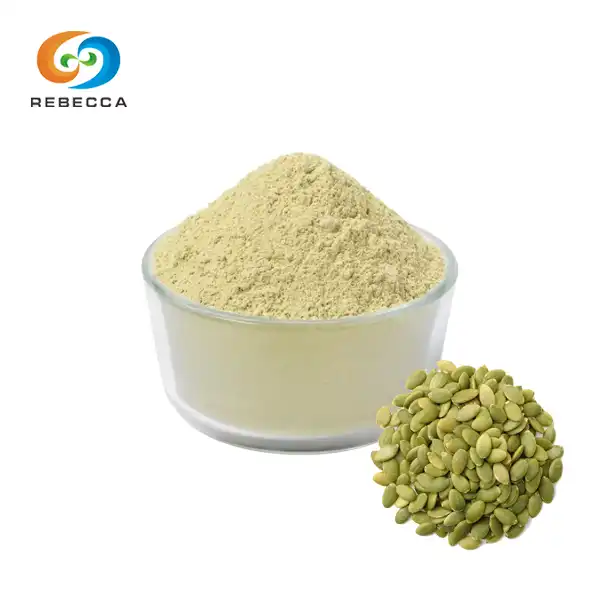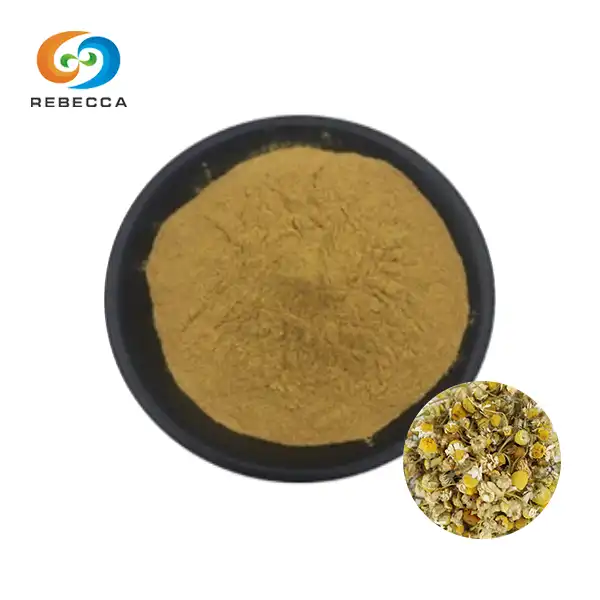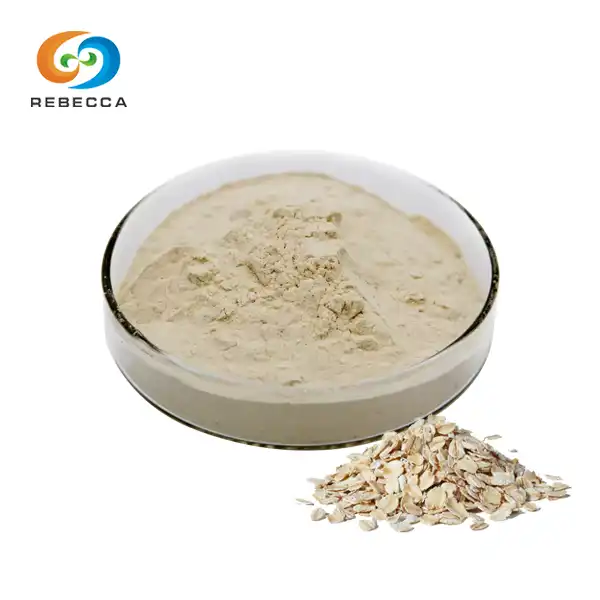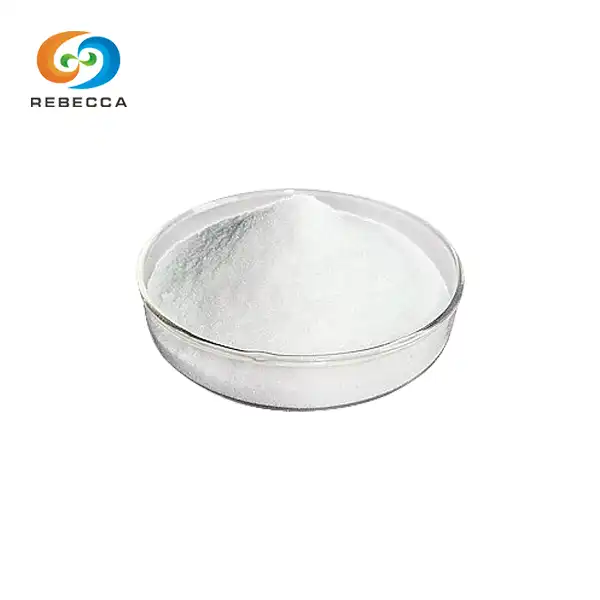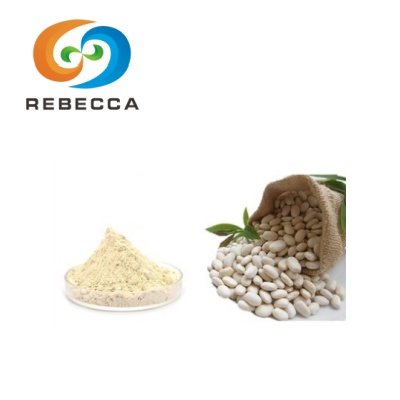What is Hyperforin extract used for?
Nature has provided us with numerous compounds that offer remarkable therapeutic potential. Among these natural treasures, hyperforin extract stands out as a particularly fascinating substance. Derived primarily from St. John's Wort (Hypericum perforatum), this bioactive compound has garnered significant attention in the scientific community for its diverse range of potential health benefits.
It represents one of the primary active constituents found in St. John's Wort, alongside hypericin. While hypericin was initially thought to be the main therapeutic agent in the plant, research over the past few decades has revealed hyperforin's crucial role in many of the plant's medicinal properties. This prenylated phloroglucinol derivative possesses a unique chemical structure that contributes to its wide array of biological activities.

Antidepressant Effects
Perhaps the most well-documented application of hyperforin extract lies in its potential to alleviate symptoms of depression. Unlike conventional antidepressants that typically focus on a single neurotransmitter system, hyperforin exhibits a unique mechanism of action that impacts multiple neurotransmitter systems simultaneously. This broad-spectrum approach may contribute to its effectiveness and distinctive therapeutic profile.
Research indicates that hyperforin extract functions as a reuptake inhibitor affecting several neurotransmitters, including serotonin, dopamine, noradrenaline, GABA, and L-glutamate. By inhibiting the reuptake of these neurotransmitters, hyperforin effectively increases their concentration in synaptic clefts, enhancing neurotransmission. What sets hyperforin apart from synthetic antidepressants is its mechanism – rather than directly binding to transporter proteins, it appears to alter sodium ion homeostasis, indirectly inhibiting neurotransmitter reuptake.
Clinical studies have demonstrated promising results regarding the efficacy of hyperforin-rich extracts for mild to moderate depression. A meta-analysis of 27 clinical trials involving over 3,800 patients showed that St. John's Wort extracts standardized for hyperforin content were comparable to prescription antidepressants for mild to moderate depression, while generally exhibiting fewer side effects. This favorable risk-benefit profile makes hyperforin extract an attractive option for individuals seeking alternative approaches to managing depressive symptoms.
The antidepressant effects of hyperforin extract typically emerge gradually, with studies suggesting that consistent use over 4-6 weeks may be necessary to experience maximum benefits. This timeline is similar to conventional antidepressants, reflecting the complex nature of neurochemical adaptations involved in alleviating depressive symptoms. It's worth noting that the quality and hyperforin content of commercial preparations can vary significantly, underscoring the importance of selecting properly standardized extracts for therapeutic purposes.

Neuroprotective and Cognitive Support
Beyond its well-established antidepressant properties, hyperforin extract demonstrates considerable promise in supporting brain health and cognitive function. Emerging research suggests that hyperforin possesses neuroprotective qualities that may help safeguard neural tissue against various forms of damage and degeneration.
One of the primary mechanisms through which hyperforin extract exerts neuroprotective effects involves its potent antioxidant properties. By neutralizing harmful free radicals and reducing oxidative stress in neural tissues, hyperforin may help prevent cellular damage associated with aging and neurodegenerative conditions. Additionally, hyperforin has been shown to reduce neuroinflammation, a common contributor to cognitive decline and various neurological disorders.
Studies have revealed that hyperforin extract may influence brain-derived neurotrophic factor (BDNF) levels – a protein that supports the survival of existing neurons and encourages the growth and differentiation of new neurons and synapses. By potentially enhancing BDNF production, hyperforin may contribute to improved neuroplasticity, which is essential for learning, memory formation, and overall cognitive resilience.
Its cognitive benefits have been observed in several preclinical studies. Research using animal models has demonstrated improvements in spatial learning, memory retention, and cognitive flexibility following administration of hyperforin-rich extracts. These findings suggest potential applications for age-related cognitive decline and possibly conditions like mild cognitive impairment.
Interestingly, hyperforin extract appears to impact cholinergic neurotransmission, which plays a crucial role in learning and memory processes. By modulating acetylcholine levels and activity, hyperforin may further support cognitive function. This multi-faceted approach to neuroprotection and cognitive enhancement distinguishes hyperforin from many synthetic compounds that typically target single pathways.
While human clinical trials specifically examining hyperforin's cognitive effects are still emerging, preliminary evidence suggests promising applications for cognitive support across various age groups and conditions. As research advances, it may become an increasingly valuable tool in comprehensive approaches to brain health and cognitive maintenance.

Antiviral Activity
A lesser-known but potentially significant application of hyperforin extract involves its antiviral properties. Research has demonstrated that hyperforin possesses activity against several viral pathogens, suggesting potential uses in addressing certain viral infections.
Studies have shown that hyperforin extract exhibits inhibitory effects against specific enveloped viruses. For instance, research has documented activity against influenza viruses, where hyperforin appears to interfere with viral replication processes. This mechanism differs from conventional antiviral medications, potentially offering complementary approaches to viral management.
Hyperforin's antiviral capabilities extend to certain herpes viruses as well. In vitro studies have demonstrated that hyperforin can inhibit the replication of herpes simplex virus types 1 and 2. The compound appears to disrupt multiple stages of the viral life cycle, from attachment and penetration to viral DNA synthesis. This broad-spectrum approach may contribute to hyperforin's effectiveness against viruses that have developed resistance to conventional treatments.
The antiviral activity of hyperforin extract likely stems from several mechanisms working in concert. These include direct virucidal effects, interference with viral attachment to host cells, inhibition of viral gene expression, and disruption of viral assembly. Additionally, hyperforin's immunomodulatory properties may enhance the body's natural defenses against viral infections.
While its antiviral potential appears promising, it's important to note that most research to date has been conducted in laboratory settings rather than clinical trials. Further research, particularly human studies, is needed to fully establish the efficacy and appropriate applications of hyperforin in managing viral infections. Nevertheless, the current evidence suggests that hyperforin extract may eventually contribute to our arsenal of natural antiviral agents.
The multifaceted nature of hyperforin's antiviral activity, combined with its generally favorable safety profile, makes it an intriguing subject for continued research. As viral infections continue to pose significant public health challenges, natural compounds like hyperforin may offer valuable complementary approaches to conventional treatments.

Rebecca: Hyperforin Extract Manufacturer
At Rebecca Bio-Tech, we pride ourselves on producing premium-quality hyperforin extract that meets the highest industry standards. Our advanced extraction techniques preserve the natural potency of this remarkable compound, ensuring maximum efficacy for your applications.
Product Specifications:
CAS No..: 548-04-9
active ingredients: Hypericins, Hyperforin
Specification: 0.3% Hypericins UV; 0.3% Hypericin HPLC; 3%, 98% Hyperforin HPLC
Mesh size: 80 Mesh
Test Method: HPLC/UV
Whether you're conducting research, developing pharmaceutical products, or formulating supplements, our product delivers consistent results you can trust. Our team of experts is ready to assist with your specific requirements and provide comprehensive support throughout your project.
For more information or to place an order, please reach out to us at information@sxrebecca.com.
References
1. Linde K, et al. (2008). St John's wort for major depression. Cochrane Database of Systematic Reviews, (4), CD000448.
2. Zanoli P. (2004). Role of hyperforin in the pharmacological activities of St. John's Wort. CNS Drug Reviews, 10(3), 203-218.
3. Chatterjee SS, et al. (1998). Hyperforin as a possible antidepressant component of hypericum extracts. Life Sciences, 63(6), 499-510.
4. Griffith TN, et al. (2010). Anti-inflammatory effects of the hyperforin derivative IDN5405 on human keratinocytes. International Immunopharmacology, 10(6), 747-754.
5. Schempp CM, et al. (2002). Inhibition of tumour cell growth by hyperforin, a novel anticancer drug from St. John's wort that acts by induction of apoptosis. Oncogene, 21(8), 1242-1250.
